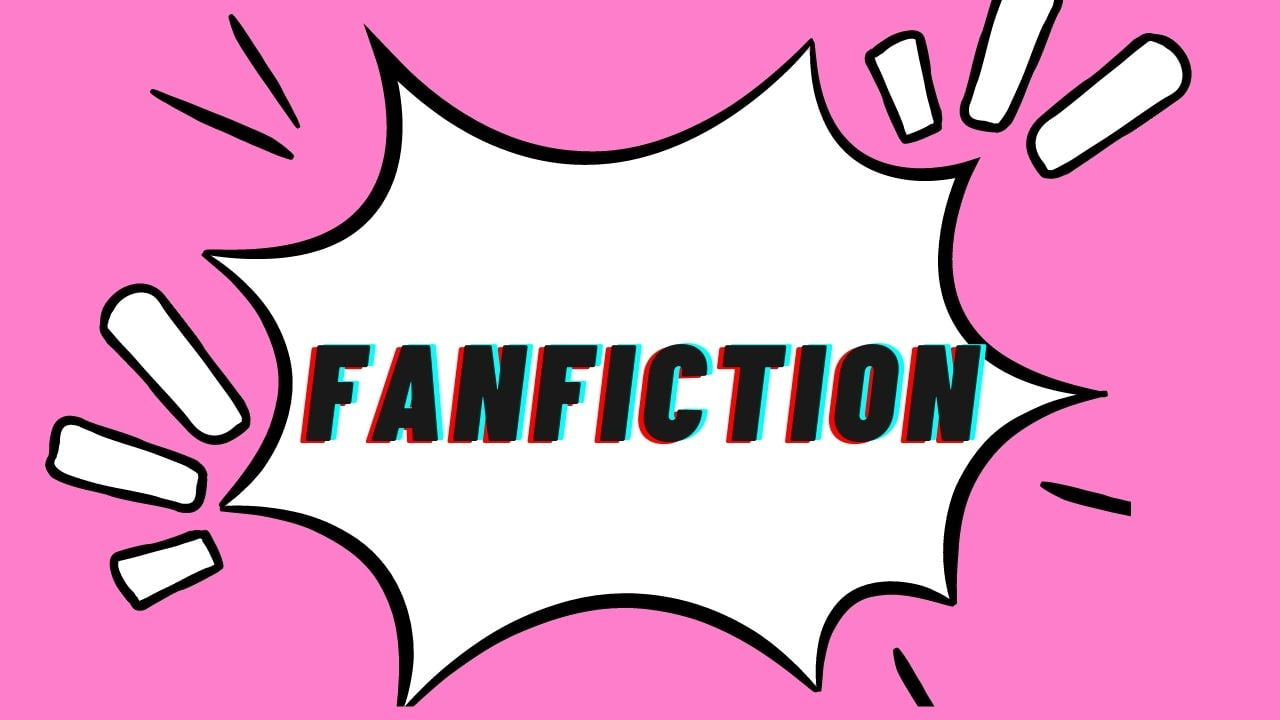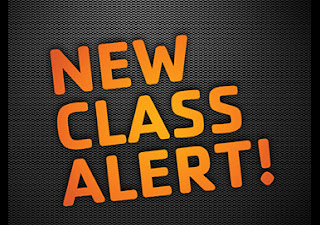Potentials and Pitfalls for Digital Media in the Urban ELA Classroom- Blog Post 1
My Experience with Digital Literacy
By the time I was born in 2001, our world was already emerging into the greatest technological advancement our world has seen. Looking back on my childhood, technology seems almost inseparable from my younger years. In elementary school, I became obsessed with the Warrior Cats series by Erin Hunter and I remember using the family iPad to look up websites that posted about the characters and events of the series. Eventually, I began writing my own version of the Warrior Cats and I started several versions of stories that I would never finish. My interactions with fan fiction through the fandom websites that I had found gave me my first introduction to my own style of creative writing. As an adult now, I envy the creative freedom that childhood me had and am constantly searching for a new way to revive the spark that I had then.
These days, I feel like a consumer of the world around me and I am constantly searching for a way to revive the inspiration of creativity. A large majority of my writing is academic commentary on a piece of literature that I've read. When it comes to social media, I can scroll for hours on various platforms without posting, commenting, or sharing. In fact, my last post on social media was over a year ago. However, even without my contribution, social media still manages to connect me to an incredible number of people who I otherwise never would have encountered. When I think about what social media is able to accomplish, I am nothing but impressed at its ability to enact change through connecting individuals. When it comes to social justice, I am reminded of a post I shared on Facebook during the 2020 elections. The post has since been taken down by its author, but it stated in the most beautifully harsh way that once Trump is out of office, the world will return to a place that is unaccepting of racism and hate in the way it thrived under his administration. I remember that by sharing that post, I received backlash from a high school classmate that praised the Trump presidency in some way or another. That commenter has since deleted their response from my post after Biden was elected, so I will never fully remember what they has wrote. Still, when I think about this encounter between me, an old classmate, a stranger somewhere in the world, and a family member who replied to the classmate I am amazed at how connected we all were in such a unique way. One of my goals for this semester and as I advance in my teaching is to become more comfortable creating my own digital compositions.
Digital Media in the Classroom
When I think about what a critical role technology was when I was in school, it seems obvious that kids these days deserve to gain information on digital literacy. In fact, I am surprised that most of the technology I used was in elementary and middle school. By the time I reached high school, I assume teachers believed I was competent enough in digital literacy because I can count on my hands the number of times I used technology in high school ELA classes. As a prospective teacher, I can totally see why technology is so important and necessary to include in the classroom. One reason that I believe it should be included is because digital composition provides opportunities for students to learn and play with their language in a creative way. Two of the new skills that stood out to me in the executive summary of Jenkin's 2006 paper on digital media and learning were the performance and play aspects of digital writing. Something that really sticks out to me is that students can play with a voice in their writing that differs from the usual academic style they write in. Or, perhaps they can explore new character perspectives that are different from their own. In reflecting on my own younger experiences with fanfiction, I found an article that is helpful in discussing how teachers can incorporate fanfiction in their ELA classrooms. The article is tagged here: How Fan Fiction Inspires Kids to Read and Write and Write and Write . Another benefit of digital media in the classroom is that it shifts regular power dynamics and can give students more freedom. I can't help but wonder if part of why my high school did not include technology was because most of my ELA teachers grew up without such technology and many of them had even gone through their teacher certification process without technology as we know it today. In my opinion, this is a benefit because it gives me an opportunity to learn from my students and they can show me things they are passionate about on many different forums. One potential pitfall here though is that a lack of knowledge could open up blindspots where I am not able to fully understand all digital platforms children are using. However, I am grateful to have a class like Currins 547 where I can start educating myself early on what digital media looks like in its many forms. Also, the freedom of technology allows students of all backgrounds to exhibit their voice through their writing, as Haddix & Sealey-Ruiz mention how African American boys were able to succeed in digital literacy classes even when other ELA classrooms had failed them. Overall, there are clear signs of the benefits of digital media in the classroom and I look forward to learning so much about the best practices to implement it.




FAN FICTION AS A CHILD WAS SO FUN AND SO FUNNY TO LOOK BACK AT!!! Since I am also a 2001 baby I can totally relate to you when it comes to technology and growing up. The debate that is constantly on Facebook with politics is so obnoxious but also so entertaining to read sometimes since people can be so narrow minded. That is what the issue with some social medias is, the toxicity, so I give you kudos for not posting anything in over a year!
ReplyDeleteI think the idea of encouraging students to get creative and create their own fan fiction could be a super fun way to use technology in the ELA classroom! By doing this, students are able to absorb the content of the book/tv-show/movie they are writing about and critically analyze it while also working on their writing!
I resonated with so much of your post, Kimberly! I, too, am constantly searching for the creativity I had as a child. It is such a shame that this often fades away as we get old - this motivates me to encourage my students to create more and tap into this part of their brains to ensure they don't lose it. Something else I relate to is the use of social media. Most of the time, I like being connected with so many people, even if I'm not posting much myself.
ReplyDeleteThe political example you bring up is interesting. Social media accounts often turn to battlegrounds for heated discussions that don't always remain civil, which can be exhausting to consume day after day. I've definitely taken social media breaks because of it! That said, social media (or just digital media in general) is such a powerful tool for civic engagement. It's just about finding the right modes and methods.
I don't have a Blogger account so I don't think my name came up - the 2nd comment is from Elizabeth Gevis :)
DeleteHi Kimberly,
ReplyDeleteI just wanted to start off by saying that your post really resonated with me! I remember reading those Warriors books in grade school (I couldn't resist the covers), and I also associate my technological development with fan culture. In my case, I was super involved in a couple of Lost message boards, as well as one for the comic strip Get Fuzzy. To echo what Drew wrote, I think utilizing fan fiction in the classroom is a super interesting idea. I think this technique could really alleviate some writing anxiety for students, since fan fiction can feel pretty "low stakes" as opposed to having to come up with a totally original story.